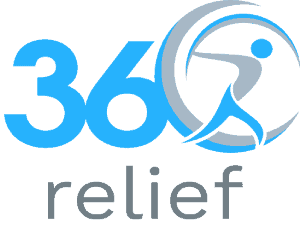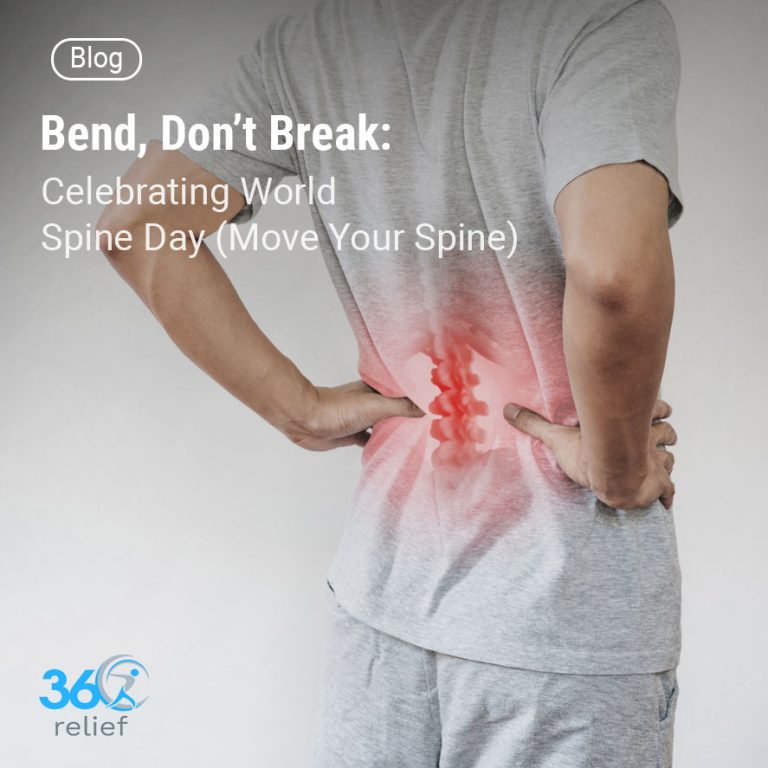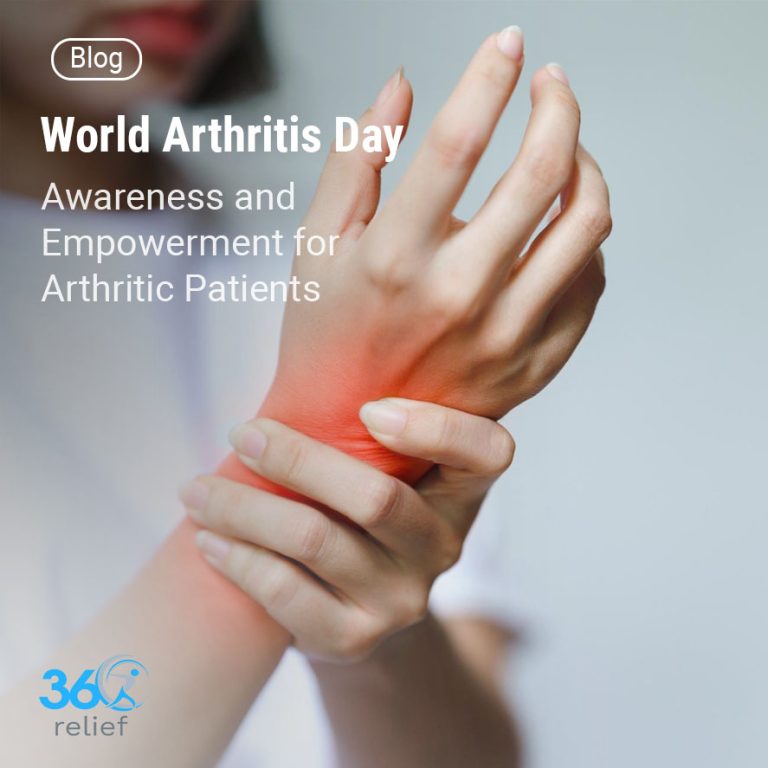Ice Hockey without a doubt is one of the most physically demanding sports competed at a high intensity. It brings together players of various sizes and speeds in a nonstop action game. Below are a few tips on how to reduce the risk of the most frequent hockey injuries.
Due to the hard-hitting, physical nature of the sport, hockey players are constantly at risk of injury whilst playing. Many factors influence the likelihood of injury, including the level of intensity, the position of the player, lack of protective equipment, and personal susceptibility due to pre-existing injuries. Injuries are much more common in matches rather than training due to the increase in intensity.
Table of Contents
ToggleHockey injuries can be caused by a variety of factors, including:
- Contact with other players
- Contact with the outskirts of the pitch
- Contact with the goalposts
- Contact with a hockey stick
- Contact with a fast moving puck
What are some of the Common Hockey Injuries?
Shoulder Injury:
The probability of picking up a shoulder injury in hockey is quite high. Taking a direct contact hit to the shoulder from another player can cause serious pain. One of the most common injuries caused by a hard hitting contact to the shoulder is an acromioclavicular (AC) joint injury, which can result in a sprain or even a complete tear of the ligaments.
Elbow Injury:
The tip of the elbow is a common point of contact, which can lead to bursitis developing. Recurrent inflammation can be caused by thick and scarred bursal tissue (feels like bone chips but isn’t). Overuse injuries caused by grip-related stress on the stick, as well as swinging movements, can impact this area. Swelling, soreness, and a reduction in your range of motion can occur when the soft tissue around the elbow becomes inflamed.
Knee Injury:
In ice hockey, contact to the outside of the knee is very common, hence, the medial collateral ligament is vulnerable to a sprain. Anterior cruciate ligament (ACL) tears and meniscus tears (torn cartilage) can also happen in hockey, but they are less prevalent relative to other sports and physical activities.
Back Injury:
The constant stress of training and playing intense matches can result in spinal injuries, particularly in the lower back, as well as torn or strained muscles. Any player experiencing substantial pain in any part of the spine should seek medical attention immediately and receive consultation. Due to the flexed/forward posture of skating and the frequent hyperextension/backward stress, hockey players are at risk for lower back pain. The most prevalent ailments are low back pain and/or a pulled muscle.
Hip Injury:
Due to the technique of skating during ice hockey, the hip joint and groin muscles are vulnerable to injury. A groin strain and a hip flexor strain are two of the most prevalent soft tissue injuries amongst hockey players. Preventing these injuries requires off-season strength training and careful stretching before and after training/playing matches.
Ankle Injury:
Due to the physical aspect of the sport, sprains in the ankle with strains are to be expected. Collisions with another player’s skate can occur and can be potentially very dangerous if the cut is deep enough to tear or rupture tendons and ligaments. Hockey is a particularly difficult sport on the ankles which means ankle sprains are a very common injury. The injury typically occurs when your ankle rolls inward, stretches or a tear in the ligaments. Ankle sprain damage can range from mild to severe. When patients believe they have an ankle sprain, they may actually instead have broken bones. Furthermore, some ankle sprains are more serious, and walking or bearing weight on a serious injury could aggravate the situation.
Hamstring Injury:
Hamstring injuries are common in sports requiring explosive movements which includes ice hockey. An injury to the hamstring can be a result from overuse, a strain from not stretching appropriately before playing, or rapid changes in movement. Without adequate rest and treatment, hamstring tendonitis pain behind the knee makes it difficult for players to skate and continue playing.
Ways to Prevent these Hockey Injuries
RICE is an acronym that stands for Rest, Ice, Compress and Elevate. This conservative approach works well for minor strains, tears, and tendonitis. This is especially important during the first 72 hours after an injury. While ice or cold packs can help reduce inflammation and pain, compression will help to support the affected joint or painful area. Rest allows the injury to heal and recover. Elevate the injured area above the heart if possible.
Use of Braces
Braces can be used both during treatment or to prevent injuries. A brace’s purpose is to provide external support to a joint in order to increase its stability. Braces’ support can vary depending on the material used, and they can be purchased over the counter or custom fitted.
We have a great selection of excellent compression and neoprene supports at 360 Relief that provides comfort from hockey injuries whilst also increasing your strength and performance, which helps to tone and shape your body.
Prevention Tips
Hockey is a high-intensity sport. However, a correct training program can help prevent the most common hockey injuries, particularly in youth athletes. Follow these guidelines to help reduce your chances of suffering a hockey injury:
- Warm up your body to prepare for physical exercise. Stretch your lower back, hips, and legs.
- Off-season training will help you get stronger, more flexible, and coordinated. Aerobic exercises such as running or cycling, will aid in the development of endurance during games or practices.
- Use the braces and supports to help prevent any further hockey injuries.
- To identify inadequacies and learn more about prevention techniques, have a pre-season checkup from an athletic trainer or physician.
- Proper tape and strapping can provide additional support to places like the ankle and alleviate stress on muscles and other soft tissues.
However, these aren’t the only injury-prevention suggestions. To help you perform better while training and heal faster after an injury, you’ll want to maintain optimal nutrition and hydration as well. Knowing how to avoid the most frequent hockey injuries will keep you safe.

















